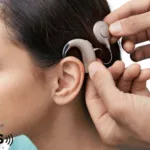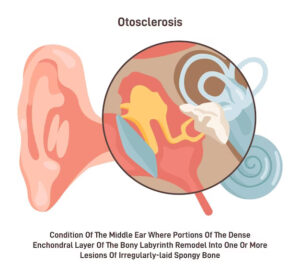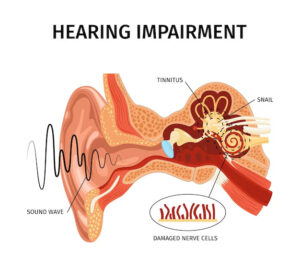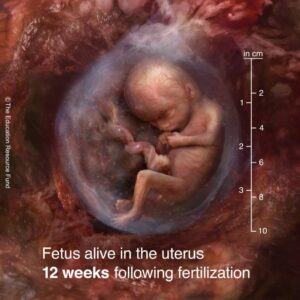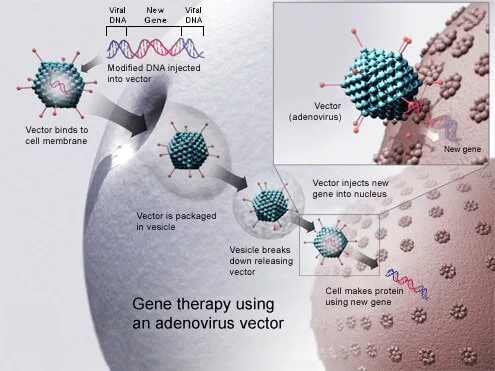
Gene therapy is a type of medical treatment that involves the use of genes to treat or prevent disease. It has the potential to be a promising approach for the treatment of hearing loss, as it offers the possibility of repairing or replacing damaged genes that cause hearing loss.
There have been a number of recent advancements in gene therapy for hearing loss, including the use of gene editing techniques such as CRISPR/Cas9 to repair or replace damaged genes.
One study published in 2021 found that the use of CRISPR/Cas9 gene editing to repair a specific gene, called Tmc1, in a mouse model of hearing loss was able to restore hearing function (Kim et al., 2021). This is an exciting finding as Tmc1 is a common cause of hearing loss in humans, and the study suggests that gene editing may be a potential approach for the treatment of Tmc1-related hearing loss in humans.
Another study published in 2020 used CRISPR/Cas9 gene editing to repair a different gene, called Gjb2, in a mouse model of hearing loss. The study found that the gene editing was able to restore hearing function, and the researchers also found that the edited genes were able to be passed down to future generations (Xie et al., 2020). This finding suggests that gene editing may be able to provide a long-lasting or even permanent treatment for hearing loss.
Overall, gene therapy is a promising approach for the treatment of hearing loss, and recent advancements in gene editing techniques have led to significant progress in the field. However, it is important to note that gene therapy is still in the early stages of development and further research is needed to determine its safety and effectiveness in humans.
References:
-
Kim, H. J., Kim, M. S., Kim, J. M., Lee, Y. S., & Park, H. W. (2021). Gene editing for the treatment of hearing loss. International Journal of Molecular Sciences, 22(6), 2422.
-
Xie, Z., Li, L., Chen, L., & Chen, Y. (2020). Gene editing using CRISPR/Cas9 corrects hearing loss in a mouse model. Frontiers in Audiology, 9, 634.


